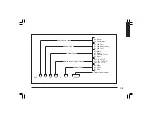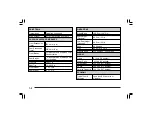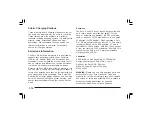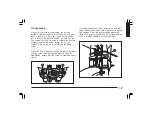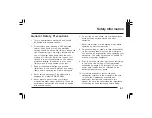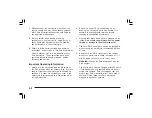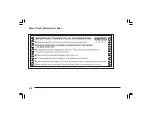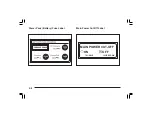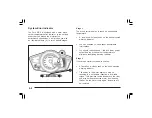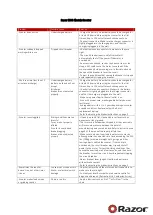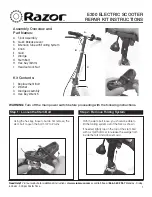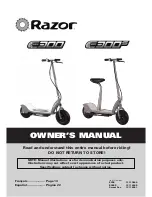
1-9
Vehicle Range
The range of an electric vehicle is defined as the
distance the vehicle will travel on a single full charge
of the power pack. Just like EPA mileage estimates
on an automobile, “your mileage may vary.” Your
range results are a direct reflection of your riding
habits. The more conservative you ride the better
range you can expect from your Zero S/DS Motorcycle.
Some of the factors which affect range include speed,
acceleration, number of starts and stops, as well as
changes in elevation. The combination of these
factors, as you travel from one point to another,
defines your trip profile. In addition, tire pressure and
payload are important considerations.
We suggest that you ride conservatively when you first
get your Zero S/DS motorcycle and get to know your
motorcycle and your commute. Once you become
familiar with the range versus performance of your
motorcycle then you can adjust your riding
characteristics if you so desire. This applies mainly to
riders with trip profiles which are at the edge of the
performance envelope. Those of you with relatively
short commutes can expect to ride quite aggressively
and reach your destination with energy to spare.
An average rider can expect to achieve 64 km (40
miles) of average range under normal use (stop and
go traffic), with a maximum range of 97 km (60
miles) of steady riding at 40 km/h (25 mph). You can
expect to achieve 48 km (30 miles) of range on the
freeway of steady riding at 89 km/h (55 mph).
Optimizing Your Range By Adapting
Your Riding Style
•
Apply the throttle slowly and try to match the
motorcycle’s acceleration with your throttle
position.
•
Hard acceleration will cause a voltage drop,
thereby making the energy gauge drop
significantly; the gauge should recover when you
roll off the throttle.
•
If 108 km/h (67 mph) can be reached at 100%
throttle, 75% throttle will give you about 89-95
km/h (55-59 mph) (a 25% energy savings for an
approximate 12% speed loss).
•
Coasting whenever possible makes a significant
difference; the motorcycle will coast for a long
distance (take advantage of this).
Summary of Contents for DS 2010
Page 1: ......
Page 5: ...TOC 4 NOTES...
Page 18: ...1 13 NOTES...
Page 19: ...1 14 NOTES...
Page 23: ...2 4 Power Pack Information Label 7...
Page 29: ...2 10 NOTES...
Page 41: ...3 12 NOTES...
Page 61: ...4 20 NOTES...
Page 64: ...5 3 B C J I H F E D G See Bolt Torque Table on page 5 2...
Page 65: ...5 4 L M K See Bolt Torque Table on page 5 2...
Page 88: ...5 27 NOTES...
Page 89: ...5 28 NOTES...
Page 101: ...6 12 NOTES...
Page 110: ...7 9 NOTES...
Page 111: ...7 10 NOTES...
Page 118: ......










